Profit from Liquidation-Free Crypto Prediction Markets
The world of crypto trading is growing fast. Every day, new platforms are coming up with better ideas and advanced tools.
One of the latest and most unique projects is Limitless Exchange.
This platform is not just another DEX. It brings something new to the table: prediction markets and liquidation-free leveraged trading.
In this article, we will look deeply into how Limitless Exchange works, what makes it special, and how it compares to popular platforms like Polymarket and traditional DEXs that still depend on liquidation mechanisms.
If you’re a trader, DeFi lover, or crypto researcher, this article will help you understand why Limitless is gaining attention.
What Makes Limitless Exchange Different?


Limitless Exchange is a decentralized prediction market and leverage trading platform built on Base network. It allows users to:
- Trade “yes/no” outcomes like: Will ETH be above $4,000 by end of month?
- Trade with high leverage (up to 1000x) without facing liquidation
- Use real-time DeFi infrastructure (Uniswap V3) to provide or borrow liquidity
This is very different from many platforms in crypto today.
Traditional DEXs: What’s the Problem?
Let’s look at how traditional decentralized exchanges (DEXs) work:
- They depend on spot trading (buy/sell without leverage)
- For margin or futures trading, they use liquidation systems
- If your position drops too much, the platform will close your trade to avoid losing more money. This is liquidation
The problem here is that liquidation can be very painful for traders.
Many lose their entire position because of small market moves, especially in high volatility conditions.
Well, here is a comparison between Traditional Dexs and Limitless Exchange.
Limitless vs. Traditional DEXs
| Feature | Traditional DEXs | Limitless Exchange |
| Trading type | Spot, sometimes leverage | Prediction market + leverage |
| Liquidation risk | Yes | No |
| Oracle dependency | Often needed | No (uses Uniswap V3 AMM) |
| Asset coverage | Limited | Any token with liquidity |
| Trader protection | Low | High (premium model) |
In Limitless, you don’t get liquidated. Instead, you pay a small premium fee to keep your leveraged trade open.
This is more like insurance, and it helps you stay in your position longer even during big price movements.
To better understand how Limitless stands out, let’s compare it with Polymarket, one of the most established prediction markets in crypto
What Is Polymarket and How Is It Different?
Polymarket is another well-known prediction market platform in the crypto space.
It allows people to bet on future events like elections, sports, or crypto prices.
It runs on Polygon and is used more for information markets than for real financial exposure.
Here are some of the key differences between Polymarkets and Limitless Exchange:
- Polymarket is focused only on predictions, not leveraged trading
- Limitless combines prediction markets + leveraged trading
- Polymarket is more about public events; Limitless is trader-oriented, built like a crypto-native derivatives platform
- In Polymarket, there’s no concept of LPs earning from leveraged trading premiums
After looking at these comparisons, it’s easy to ask: what makes liquidation-free trading so special?
Why Liquidation-Free Trading Is a Big Deal
Liquidation-free leverage trading is one of the most innovative ideas in DeFi right now.
In most platforms like dYdX, GMX, or even Binance Futures:
- You use leverage
- You get liquidated if the price goes too far against you
But in Limitless:
- You borrow LP positions on Uniswap V3
- You pay a premium instead of getting liquidated
- As long as you pay the premium, your position stays open
This allows more freedom, better risk control, and less stress for traders.
Also, it creates a new way for LPs to earn, making the whole system more fair and decentralized.
Limitless also offers value to liquidity provider. Here are the benefits for liquidity providers (LPs).
- LPs don’t need to actively manage their positions
- They earn premium fees from traders who borrow their liquidity
- This reduces impermanent loss and increases capital efficiency
So it’s not just good for traders. It’s also a big opportunity for LPs who want to make money passively.
How to Predict or LP to Earn on Limitless
Limitless is designed to be easy to use for both traders and liquidity providers.
Whether you want to bet on future outcomes or earn money passively as an LP, here’s how to get started.
How to Predict on Limitless


Prediction on Limitless means you are buying a “yes” or “no” share based on what you think will happen.
Steps:
- Connect your wallet
- Go to the Limitless Exchange and connect your wallet
- Choose a market
- Look at the available prediction markets. For example: “Will BTC be above $109,000 by July 31?”
- Buy ‘Yes’ or ‘No’
- If you believe the outcome will happen, buy “Yes.” If not, buy “No”
- The price of each share shows the market’s current belief. For example, if “Yes” is $0.30, that means a 30% chance
You can hold your position until the market settles or sell it early if the price moves in your favor.
If your prediction is right, you’ll receive your payout when the market closes.
How to Provide Liquidity (LP) on Limitless
Limitless allows people to provide liquidity to help power the prediction markets. In return, you earn premium fees from traders.
Steps:
- Add liquidity to Uniswap V3
- Limitless uses Uniswap V3 positions as the base liquidity
- You will need to deposit tokens (like ETH/USDC) into a position
- This idle capital will be used for leveraged trades
- Enable LP position on Limitless
- After adding liquidity, visit the Limitless app and share your LP token
- This gives the protocol access to your position
As long as traders are using your liquidity, you’ll keep earning premium fees in return.
You’re also free to withdraw your funds anytime, with rewards automatically added to your wallet.
Additionally, you don’t need to worry about impermanent loss much because LPs don’t face losses if traders win or lose.
Is Limitless Exchange Safe? How It Stays Solvent
Limitless is designed to be solvent by default, meaning it doesn’t allow more leverage than the available liquidity can cover.
This protects both traders and liquidity providers from extreme losses.
Unlike other platforms that rely on oracles and traditional liquidation systems, Limitless uses a premium-based model, where traders pay a small fee to keep their positions open instead of getting liquidated.
The platform also uses aggregated leveraged positions, which means risk is spread across available liquidity.
Liquidity providers (LPs) aren’t exposed to direct losses from traders, instead, they earn from premiums while their funds remain relatively safe.
This system creates a more stable and fair environment for everyone involved.
However, it’s important to note that while Limitless uses a “liquidation-free” trading model, liq.
uidation can still happen in extreme cases.
This may occur if positions are not properly managed or if the liquidity pool becomes too low to support open trades.
In essence, while the chances are smaller, liquidation is still possible under extreme conditions.
Conclusion
Limitless Exchange is still very new, but the idea is powerful:
- Liquidation-free trading can attract many users
- Prediction markets with real money exposure give traders a new tool
- LPs get new revenue from idle capital
Compared to Polymarket or traditional DEXs, Limitless is more complex but also more rewarding.
If you are looking for the next big trend in DeFi, Limitless Exchange is one platform you should watch closely.
Also, if you’re looking to explore opportunities beyond crypto, Synthetic Indices have quietly become a go-to. Learn how traders are flipping small balances into daily profits by trading Synthetic Indices.
Let me know what you think about the exchange in the comments, and feel free to share this post with others!
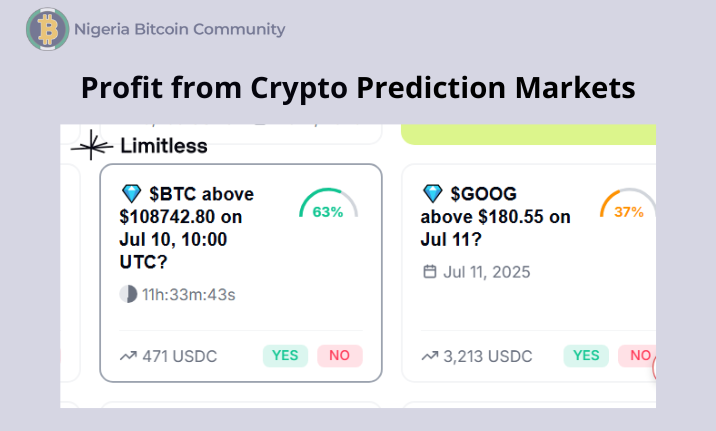

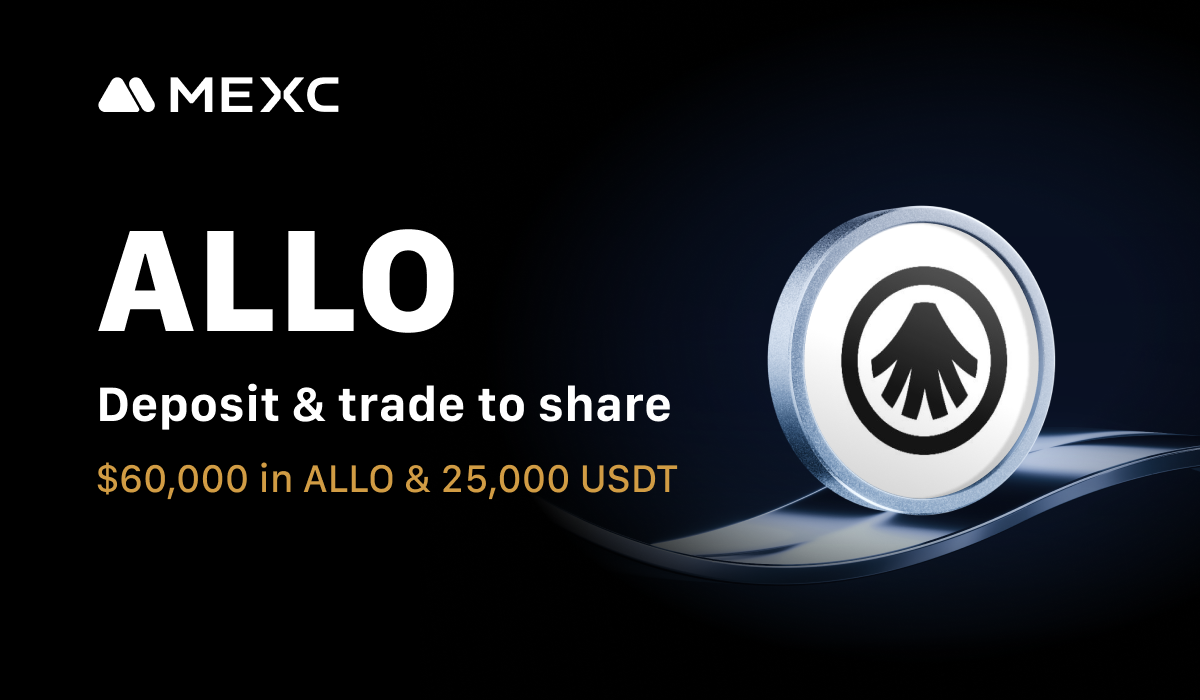
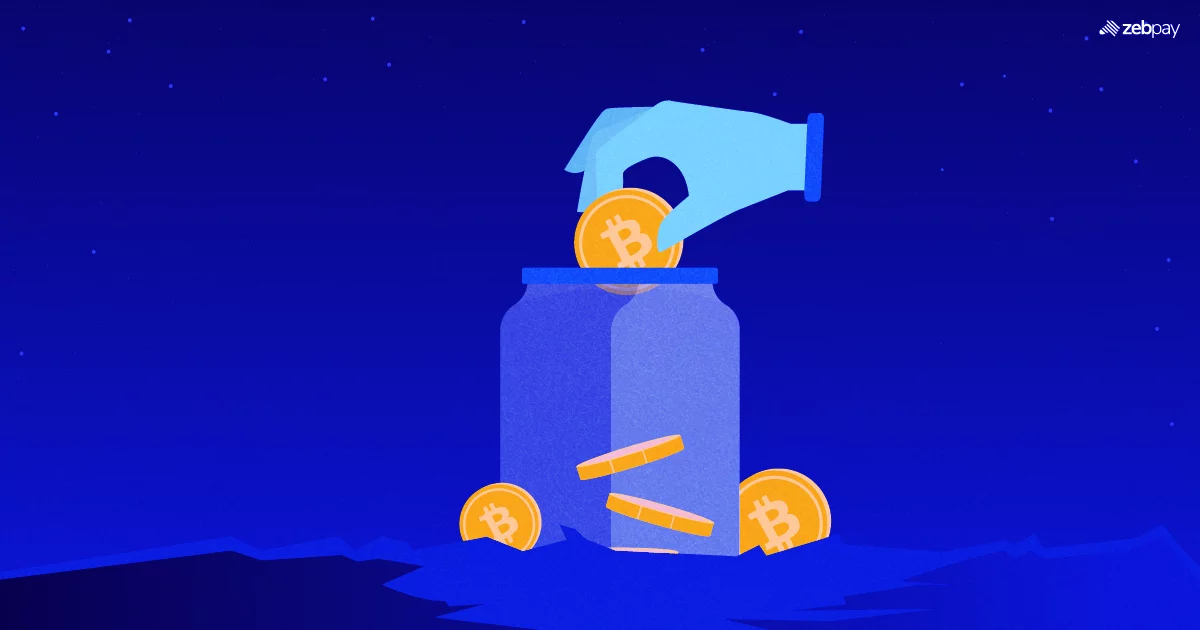

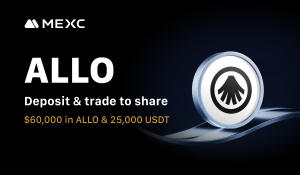



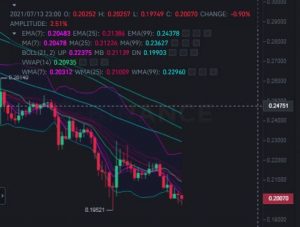
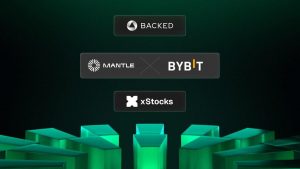



Post Comment